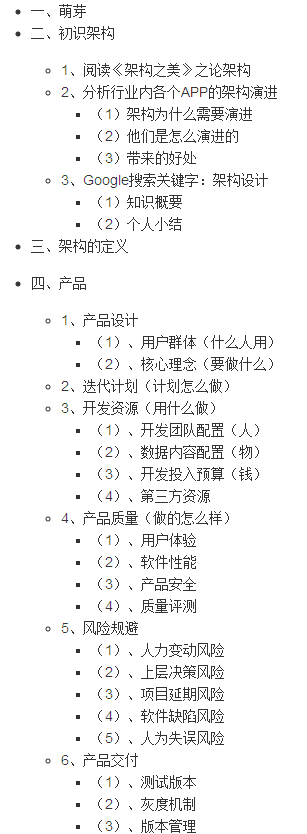I'm trying to use the WindowsAzure.MobileServiceClient within Angular to do single sign on and CRUD operations. Being an Angular noob, I'm trying to figure out the best way to do this:
- Instantiate it in the $rootScope in .run and call the functions from there?
- Create a service or factory and make the instantiation of the MobileServiceClient and all of the function calls in that? Would the currentUser and other information get lost when the service/factory isn't being used?
- Just spool up MobileServiceClient in the controllers that need it? Seems to me if I do it that way, currentUser info would get lost?
I've tried using some of the above methods but I'm running into some problems:
- Calling the login method as shown in the Azure docs sometimes works, other times it doesn't show a popup window to the authentication provider like it should. I am logged off of the authentication provider so a popup window should be shown but isn't,
- No matter what I try to do, the MobileServiceClient currentUser is coming back as null, even when the popup was shown and I correctly entered my credentials.
Any ideas of what I can do to make this work smoothly? Any examples I can follow somewhere? The documentation seems sketchy.
I'm using Yeoman and the angular generator along with Grunt to do my work, if it makes any difference.
I was able to figure it out. I created a new service to handle all of the mobile services code. Since the methods from the client are async, I'm using callbacks in the methods. I also use the cookie store to save the user's credential object (currentUser) and pull it out again when needed. currentUser seems to lose the user credential object between calls, so I store it in a cookie and push it into the client when it has lost it.
'use strict';
angular.module('{appName}')
.factory('AzureMobileClient', ['$cookieStore', function ($cookieStore) {
var azureMobileClient = {};
azureMobileClient.isLoggedIn = false;
azureMobileClient.azureError = "";
azureMobileClient.azureMSC = new WindowsAzure.MobileServiceClient('{app URL from Azure}', '{app key from Azure}');
azureMobileClient.login = function(callback, socialMediaService) {
azureMobileClient.azureMSC.login(socialMediaService).then(function(user) {
azureMobileClient.isLoggedIn = user != null;
$cookieStore.put("azureUser", user);
callback(azureMobileClient.isLoggedIn);
}
, function(error){
alert(error);
azureMobileClient.azureError = error;
});
};
azureMobileClient.logout = function() {
azureMobileClient.getUser();
azureMobileClient.azureMSC.logout();
$cookieStore.remove("azureUser");
};
azureMobileClient.getStuff = function(callback) {
azureMobileClient.getUser();
var stuffTable = azureMobileClient.azureMSC.getTable("stuff");
stuffTable.read().then(function(items) {
callback(items);
});
};
azureMobileClient.addStuff = function(scope) {
azureMobileClient.getUser();
var stuffTable = azureMobileClient.azureMSC.getTable("stuff");
stuffTable.insert({ stuffname: scope.stuffname });
};
azureMobileClient.getUser = function() {
if (azureMobileClient.azureMSC.currentUser === null)
{
azureMobileClient.azureMSC.currentUser = $cookieStore.get("azureUser");
}
};
return azureMobileClient;
}]);
In the controller that does the login and logout, I do this:
'use strict';
angular.module('{appName}')
.controller('MainCtrl', function ($scope, $window, AzureMobileClient) {
$scope.authenticate = function (socialService) {
AzureMobileClient.login(function(isLoggedIn) {
if (isLoggedIn)
{
$window.location.href = "/#/play";
}
}, socialService);
};
$scope.signOut = function() {
AzureMobileClient.logout();
}
});
The view for the login/logout controller looks like this:
<button ng-click="signOut()">Sign Out</button>
<div class="span4">
<img src="images/facebooklogin.png" ng-click="authenticate('Facebook')" />
<img src="images/twitterlogin.png" ng-click="authenticate('Twitter')" />
<img src="images/googlelogin.png" ng-click="authenticate('Google')" />
</div>
And finally in a controller that gets data, I do this:
'use strict';
angular.module('{appName}')
.controller('StuffCtrl', ['$scope', '$window', 'AzureMobileClient', function ($scope, $window, AzureMobileClient) {
AzureMobileClient.getStuff(function(items) {
if (items.length == 0)
{
$window.location.href = "/#/stuff/new";
}
else
{
$scope.$apply($scope.items = items);
}
});
}]);
Just for someone who search ready-to-use solution https://github.com/TerryMooreII/angular-azure-mobile-service
This is angularjs service which implement below methods:
- Azureservice.query(tableName, parameters, withFilterFn)
- Azureservice.insert(tableName, obj, withFilterFn)
- Azureservice.update(tableName, obj, withFilterFn)
- Azureservice.del(tableName, obj, withFilterFn)
- Azureservice.getAll(tableName, withFilterFn)
- Azureservice.getById(tableName, id, withFilterFn)
- Azureservice.read(tableName, parameters, withFilterFn)
- Azureservice.login(oauthProvider, token)
- Azureservice.logout()
- Azureservice.setCurrentUser(userObj)
- Azureservice.getCurrentUser()
- Azureservice.isLoggedIn()
- Azureservice.invokeApi()
Just add 'azure-mobile-service.module' in your dependency list and configure api keys:
angular.module('your-module-name').constant('AzureMobileServiceClient', {
API_URL : 'https://<your-api-url>.azure-mobile.net/',
API_KEY : '<your-api-key>',
});
and then:
angular.module.('your-module-name').controller('MainController', function ($scope, Azureservice) {
$scope.loginAction = function () {
Azureservice.login('facebook').then(function () {
console.log('login successful');
}).catch(function () {
console.log('login error');
}
}
}



